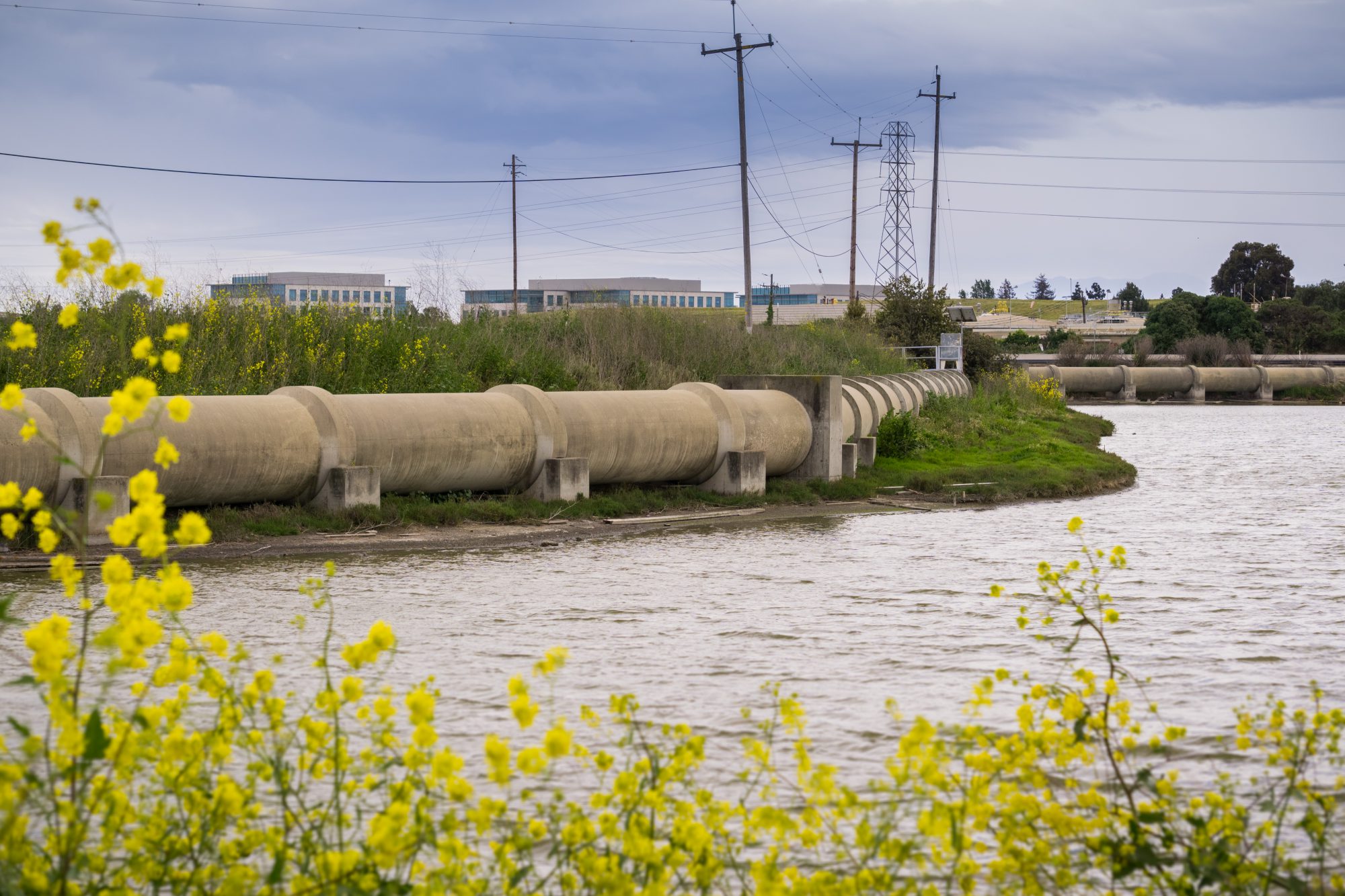Water pipeline corrosion is a significant and often underestimated issue that can lead to severe technical, social, and economic impacts. Corrosion affects the quality of the transported water and the pipeline’s integrity. As pipelines corrode, they can experience a range of problems, including water discoloration, restricted flow, hydraulic loss, and, ultimately, complete failure. These issues disrupt water supply services and result in costly repairs, replacements, and maintenance.
The Silent Threat: How Water Corrodes Pipelines
When water pipelines are buried underground, they are exposed to various environmental factors that can accelerate corrosion. Soil conditions, stray currents, and microbial activity all contribute to the degradation of pipeline materials. This corrosion weakens the pipe walls, leading to longitudinal stress, metal loss, and eventually, perforation. The result? Leaks, bursts, and service disruptions can cause widespread inconvenience and economic loss.
Moreover, the introduction of new water sources or changes in water quality can exacerbate the problem. Factors like pH levels, mineral content, and microbial growth can lead to increased corrosion rates. This reduces the pipeline’s lifespan and poses a risk to public health, as corroded pipelines can contaminate the water supply with harmful substances.
The Socio-Economic Impact of Pipeline Corrosion
The consequences of pipeline corrosion extend far beyond technical failures. When pipelines fail, the societal repercussions are immediate and significant. Potable water service disruptions can lead to widespread public inconvenience, while the resulting road flooding and traffic congestion cause further disruption to daily life. Additionally, the risk of waterborne diseases increases, leading to potential public health crises.
The economic costs of pipeline corrosion are staggering. Direct costs include water losses, rehabilitation expenditures, repair and replacement charges, and labor costs. Indirect costs, such as property damage, water service disruptions, and traffic-related delays, further compound the financial burden. In many cases, these costs can escalate quickly, significantly damaging public resources and budgets.
Enter DragX: The Advanced Solution to Pipeline Corrosion
Given the severe risks associated with water pipeline corrosion, it is crucial to implement effective preventive measures. This is where DragX comes into play. DragX is an advanced surface treatment technology that provides a robust solution to the challenges of pipeline corrosion. Applying DragX to the interior and exterior surfaces of pipelines creates a protective barrier that significantly reduces the corrosion rate.
DragX works by enhancing the durability of the pipeline material, making it more resistant to the corrosive effects of water, soil, and other environmental factors. This not only extends the pipeline’s lifespan but also reduces the need for frequent repairs and maintenance, resulting in significant cost savings over time.
Moreover, DragX’s advanced nanotechnology ensures that the pipeline remains protected even in the presence of harsh conditions, such as fluctuating pH levels or high microbial activity. This makes DragX an ideal solution for both new pipeline installations and existing systems needing rehabilitation.
Protecting Pipelines for the Future
Water pipeline corrosion is a critical issue that demands immediate attention. The dangers it poses to both the integrity of pipelines and the quality of water supply cannot be ignored. However, with the introduction of advanced technologies like DragX, there is hope for a more sustainable and cost-effective solution.
By investing in DragX surface treatment, pipeline operators can protect their infrastructure from the harmful effects of water corrosion, ensuring a reliable and safe water supply for years to come. As we move forward, it is essential to prioritize the protection of our pipelines to prevent costly failures and ensure the continued well-being of our communities. Reach out to our experts for information.

